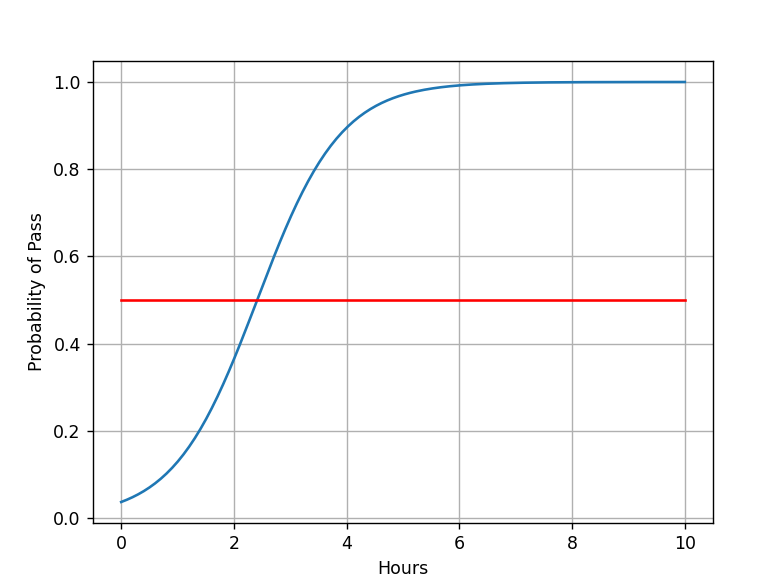Appearance
Logistic Regression
逻辑斯蒂回归(Logistic Regression)解决的是分类问题。
Regression vs Classification
回归问题中,而分类问题中类别之间无法比较大小。
通过计算属于每个分类的概率来处理分类问题,预测属于概率最高的那个分类。
继续之前的例子,改造为二分类问题。

Sigmoid functions
How to map: R->[0,1]?
Logistic Function:
该函数的图像如下图所示:
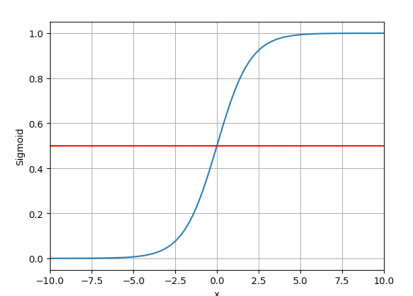
将代入Logistic Function,就可以将实数映射到[0,1]范围内。
Tips
经常将Logistic Function称为Sigmoid Function,但是实际上Sigmoid Function不只有Logistic Function。
以下函数也可以作为Sigmoid Function:
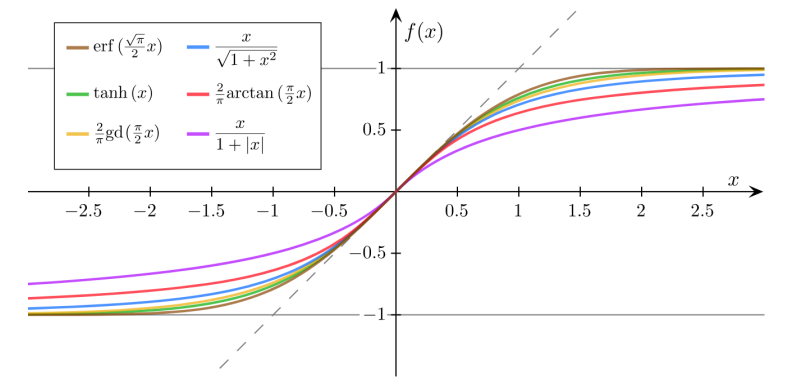
Logistic Regression Model
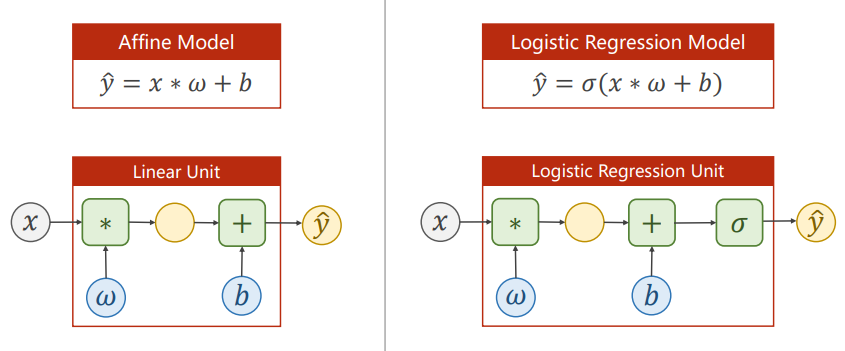
Loss Function for Binary Classification
- 当实际类别为1时(y=1),,是预测的类别为1的概率
- 当实际类别为0时(y=0),,是预测的类别为0的概率
- 预测正确的概率越大损失越小
Note
交叉熵(cross-entropy)
Mini-Batch Loss Function for Binary Classification
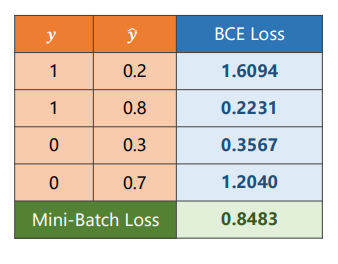
Implementation of Logistic Regression
import torch
import numpy as np
import matplotlib.pyplot as plt
x_data = torch.Tensor([[1.0], [2.0], [3.0]])
y_data = torch.Tensor([[0], [0], [1]])
class LinearModel(torch.nn.Module):
def __init__(self):
super().__init__()
self.linear = torch.nn.Linear(1, 1)
def forward(self, x):
y_pred = torch.sigmoid(self.linear(x))
return y_pred
model = LinearModel()
criterion = torch.nn.BCELoss(reduction='sum')
optimizer = torch.optim.SGD(model.parameters(), lr=0.01)
for epoch in range(1000):
y_pred = model(x_data) # Forward: Predict
loss = criterion(y_pred, y_data) # Forward: Loss
print(epoch, loss.item())
optimizer.zero_grad() # before backward: set the grad to ZERO
loss.backward() # Backward: Autograd
optimizer.step() # Update
x = np.linspace(0, 10, 200)
x_t = torch.Tensor(x).view((200, 1))
y_t = model(x_t)
y = y_t.data.numpy()
plt.plot(x, y)
plt.plot([0, 10], [0.5, 0.5], c='r')
plt.xlabel('Hours')
plt.ylabel('Probability of Pass')
plt.grid()
plt.show()